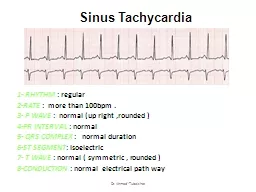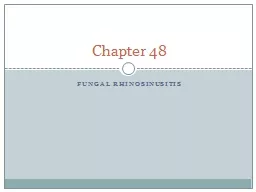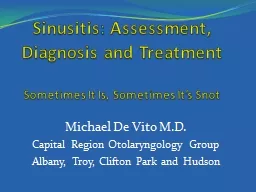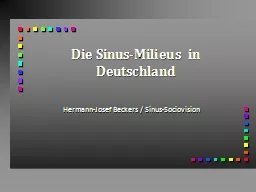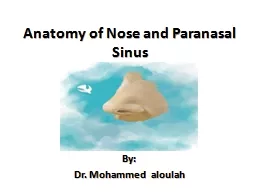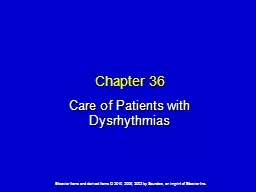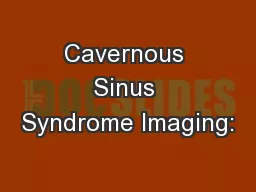PDF-Bozan ve arkPreauricular Sinus p Derg Cilt23 Say4 Ekim2016
Author : susan | Published Date : 2022-09-07
idea that preauricular lesions are actually branchiogenic malformations According to the third theory these lesions arise from the inward folding of the ectoderm
Presentation Embed Code
Download Presentation
Download Presentation The PPT/PDF document "Bozan ve arkPreauricular Sinus p Derg Ci..." is the property of its rightful owner. Permission is granted to download and print the materials on this website for personal, non-commercial use only, and to display it on your personal computer provided you do not modify the materials and that you retain all copyright notices contained in the materials. By downloading content from our website, you accept the terms of this agreement.
Bozan ve arkPreauricular Sinus p Derg Cilt23 Say4 Ekim2016: Transcript
Download Rules Of Document
"Bozan ve arkPreauricular Sinus p Derg Cilt23 Say4 Ekim2016"The content belongs to its owner. You may download and print it for personal use, without modification, and keep all copyright notices. By downloading, you agree to these terms.
Related Documents



